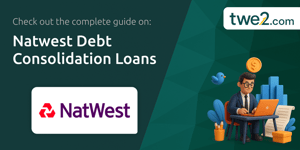
Every individual aspires to build a secure financial future, but navigating budgets, investments, and long-term goals can feel overwhelming. With the right digital tools, you can achieve long-term financial independence and gain confidence in every decision. In this comprehensive guide, we explore the top software options for personal use, dissect their features, pricing, and how they support your unique needs.
A financial plan is more than a document—it is a roadmap that outlines your current financial situation, defines your goals, and details the strategies to reach them. Whether you aim to buy a home, retire comfortably, or build an emergency fund, a plan provides clarity.
Effective planning helps you allocate resources wisely. It fosters discipline, encourages regular reviews, and adapts as your circumstances change. By maintaining a holistic view of your finances, you stay proactive, minimizing surprises and maximizing opportunities.
To make the most of these tools, start with clear financial goal setting. Define your short-term, mid-term, and long-term objectives, such as building an emergency fund, saving for a home, or retiring by a specific age.
Next, adopt robust budgeting techniques. Applying methods like the 50/30/20 rule allocates 50% of income to needs, 30% to wants, and 20% to savings or debt repayment. Apps like YNAB can help you streamline your budgeting process by enforcing these allocations in real time.
Investment strategies should align with your risk tolerance and time horizon. Younger investors might favor growth-oriented portfolios, while those nearing retirement might shift toward income-generating assets. Use software that offers projections and stress tests to assess potential outcomes.
Debt management plays a critical role in overall health. Prioritize high-interest debts and consider strategies like the snowball or avalanche methods. Many platforms allow you to track progress and visualize how accelerating payments can reduce total interest paid.
When selecting a tool, first assess your core needs. Are you seeking comprehensive planning, investment advice, or simple budgeting? Clarifying your priorities helps you narrow down options quickly.
Compare features meticulously. Examine account integrations, reporting capabilities, mobile accessibility, and customer support. Look for user reviews and demos to evaluate ease of use and reliability.
Consider educational resources and community support. Platforms that provide tutorials, blogs, webinars, or access to advisors can enhance your financial literacy and confidence.
Finally, review cost structures carefully. Free tools can be powerful starters, but premium features often justify their fees with advanced insights, personalized coaching, or priority support. Balance your budget with the potential returns in time saved and financial growth.
Choosing the right financial planning software transforms uncertainty into opportunity. By leveraging the tools outlined here, you can build a tailored strategy, monitor progress, and comprehensive overview of key metrics to steer you toward success. Embrace these technologies and take control of your financial destiny today.
References













